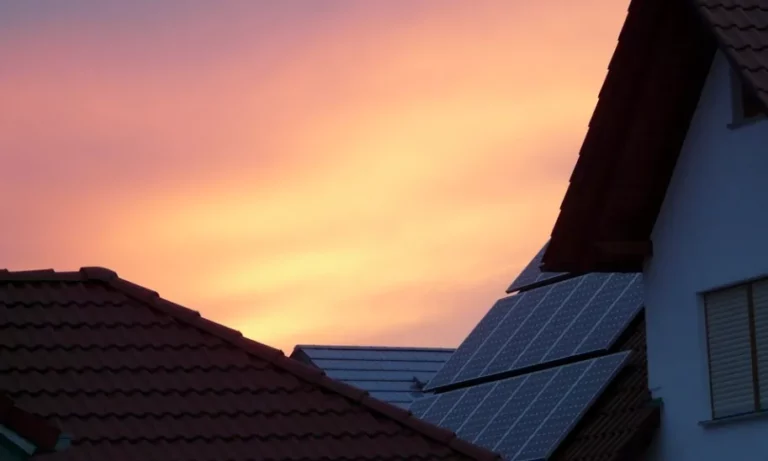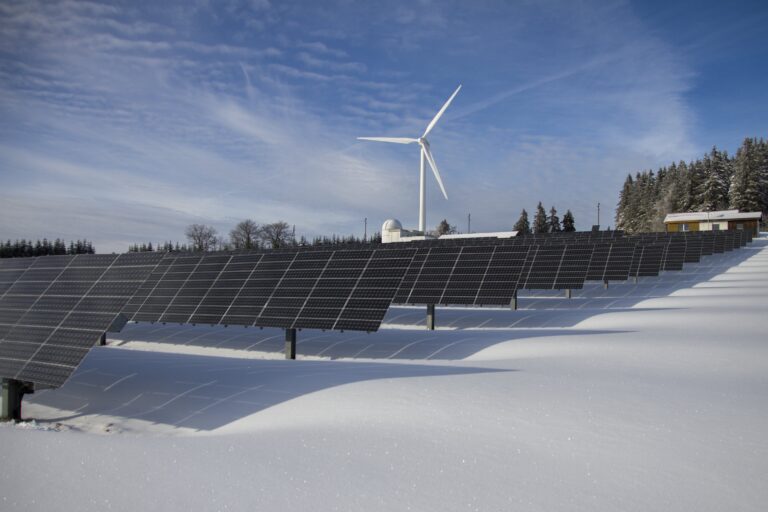Solar & Wind Can’t Afford To Kill Coal’s Dominance

A century and a half during which US electricity was produced primarily by coal is over. At least, that is what the U.S. Energy Information Administration says in its Short-Term Energy Outlook 2023. According to the study, “We expect that the 23 gigawatts (GW) in 2023 and 37 GW in 2024 of new solar capacity scheduled to come online will help U.S. solar generation grow by 15% in 2023 and by 39% in 2024. We expect solar and wind generation together in 2024 to overtake electric power generation from coal for the first year ever, exceeding coal by nearly 90 billion kilowatthours.”
The debate continues: Climate Change Price Tag Hits $400 Billion
This progress only continues if the renewable energy sector can afford it, which is unclear.
The wind power industry is littered with problems and, in some cases, failures. This includes challenges at some of the world’s largest industrial companies. GE’s “Offshore Wind” division will lose $1 billion this year and $1 billion in 2024. In its most recent fiscal year, Siemens Energy lost $5 billion because of problems at its Gamesa wind division. Referring to the trouble, Christian Bruch, CEO of Siemens Energy, said, “For our underperforming wind business all eyes must be on cost-out, selectivity and acceleration of productivity, while continuously working on the remediation.” The challenges can be even greater for startups that face capital markets in which interest rates make steps toward cash-flow-positive operations extremely difficult.
The solar energy field has also faced financial challenges. While public company stock prices do not tell everything, they are a proxy. Solaredge shares are down 66% this year because of disappointing earnings. On a broader basis, Invesco Solar ETF is off 30%, while the S&P 500 is up 22%. Yahoo! Finance recently pointed out that “Renewable energy companies are particularly struggling while facing a heavy hand of economic headwinds, volatile markets, and higher for longer interest rates. These pressures have squeezed solar energy stocks over the past couple of quarters as consumers appear less inclined to spend on solar installations.”
The money struggles of solar and wind may be so great that the trend described in the U.S. Energy Information Administration may not last.
More from ClimateCrisis 247
- Climate world turns to London as U.S. retreats
- In month of historic pivot points, clean energy at crossroads
- Why Business shouldn’t cheer EPA gutting
- ESG clients push back on bank climate retreat






